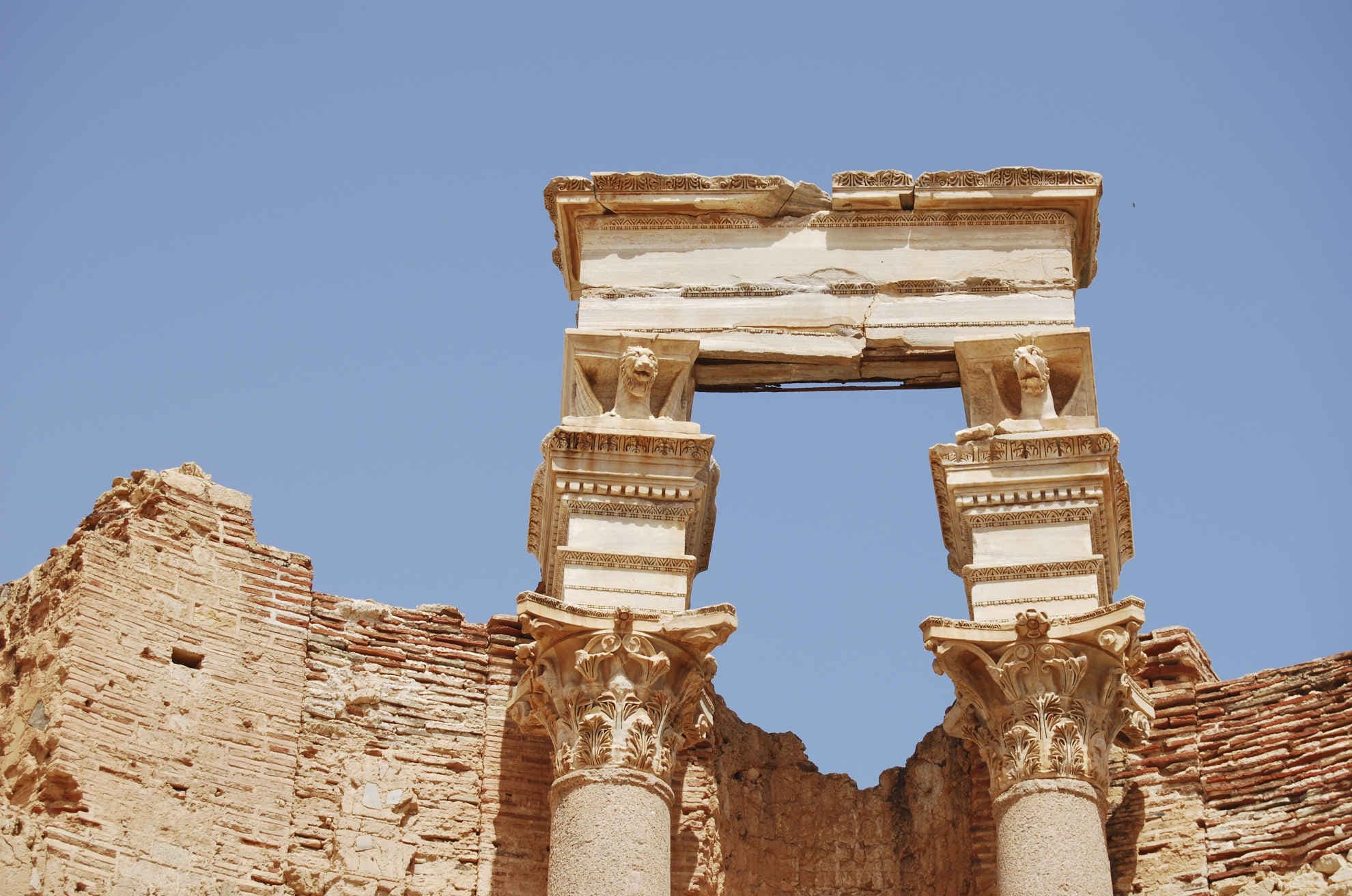In August, two members of our team, Lorena and Julia, concluded their month with a visit to Rome, where they participated in the 30th Annual Meeting of the European Association of Archaeologists (EAA). This four-day congress (August 28–31) has long served as a prime platform for archaeologists and epigraphers from across the globe to share the outcomes of their latest research. This year, the congress was hosted at Sapienza University in Rome, with sessions taking place in its historic surroundings. The organizers ensured that participants could enjoy complimentary access to museums and archaeological sites scattered across the city during their free time.
Lorena and Julia presented the findings of our team's research on inscriptions from Zoara (modern Ghor es-Safi), which we have been investigating over the past months. Their presentation emphasized the four pillars of our methodological approach: morphology, iconography, epigraphic formulas, and paleography. As a result of this research, they showcased two case studies identified by our team. The first was a stylistic category provisionally named the "Sun Disc Style," from which six inscriptions were identified as the work of a single stonecutter, affectionately nicknamed "Paquito." Another noteworthy group, illustrating the adaptation of classical forms to the new symbolism of Late Antiquity, is the category of stelae with in-cross texts. During the presentation, Lorena and Julia meticulously outlined the selection criteria that enabled the identification of workshops from a total of 250 inscriptions, ultimately leading to the recognition of this individual stonecutter.
Abstract:
Title “I wrote entirely in (my) own hand”: The Role of Local Stone-Dressing Workshops in Post-Roman Funerary Practices from Zoara (Jordan)
Content The Ghawr as-Safi site (Jordan) is characterized by an extensive necropolis associated with a Late Antique and Islamic settlement that continued the ancient settlement known as Zoara or Zoora. The necropolis has yielded over 600 funerary inscriptions composed in Greek, Aramaic, Hebrew and Arabic, attesting to the linguistic diversity prevalent in the local commemorative practices. Approximately 250 of these can be precisely dated to the 4th and 5th centuries, aligning with the transition from Roman into the post-Roman and Byzantine world. The analysis of this epigraphic ensemble depicts the regional consolidation of new funerary forms, adapted to accommodate the novel Christian ecumene within the Mediterranean milieu. However, this adaptation unfolds within a local Semitic context that had long been shaped by Graeco-Roman influences. The decline of the ancient world and the emergence of new socio-political dynamics did not put an end to this characteristic cultural framework, but rather encouraged changes in a culture that retained many of its former characteristics. This paper aims to bring forward the role of the epigraphic workshops of Zoara as agents of a coherent epigraphic horizon with its own cultural dynamics and transformations. Several workshops have been identified through the multidisciplinary study of regional patterns or ‘styles’ present in the morphology, iconography, funerary formulae and palaeography of stelae. These production places reinvented and adapted Late Antique carving, writing and decoration techniques to the specific needs of the site’s inhabitants, even serving as an example of a common local production. Moreover, the cultural reality of these funerary practices surpasses the traditional temporal categorization of ‘Antiquity, Late Antiquity and Byzantine or Middle Ages’. Rather, they need to be viewed in a new Mediterranean grid of local and interconnected spaces that derive from an earlier past as testified by the epigraphic workshops of Zoara.







